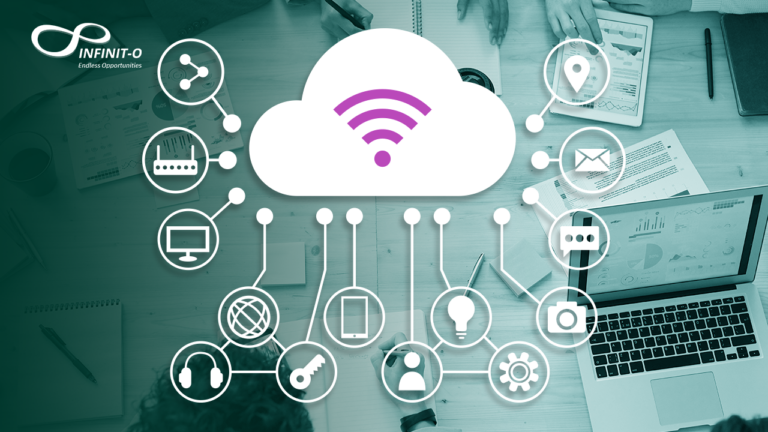Grow Your Business By Tracking These 6 Essential Customer Service Metrics
Numbers can make or break a business. Your company’s growth and overall improvement is measured through the rise and fall of its service, especially when it comes to dealing with customers. Customer service metrics act as a guide for every member on your team. They provide a more thorough understanding of their work and what your industry demands. Although being measured can seem intimidating at first, the team will eventually see how each metric clarifies their responsibilities. At the same time, each metric provides more room for improvement, giving both your business and its customer service members chances to grow.
There are several factors you need to consider before deciding on your team’s customer service metrics. You don’t have to use and measure all these metrics. The choice will depend on your company’s long-term goals. It will also depend on your team’s strengths and specialty. For example, a customer service team specializing in email support will measure response rates differently from a call center.
All metrics must be SMART or Specific, Measurable, Achievable, Realistic, and Time-bound.
- Specific metrics focus on the processes particular to your team and what actions would add value to your service.
- Measurable metrics mean that the numbers matter and are also easy to obtain. The quantities need to be exact and not result in estimates.
- Achievable metrics measure results that you can act on, but also result in a significant impact.
- Realistic metrics stick to the truth. If the numbers and results are low, your company is better off acknowledging those facts rather than ignoring and adding to the problem.
- Time-bound gives each metric a specific schedule. No action or project lasts too long and the team is able to stay productive according to specific deadlines.
Now it’s time to find out which customer service metrics will improve your team’s productivity and business growth:
1. Customer Satisfaction
A satisfied customer assures customer retention. At first glance, this metric seems difficult to measure. Feedback systems such as CSAT and Net Promoter Score (NPS) only report a small percentage of your customers. These only capture negative or positive reactions within that moment but not the customer’s insight after the actual interaction. For a more comprehensive portrayal and measure of customer satisfaction, you can send out surveys months after they’ve interacted with your team and made the purchase. This gives you time to build a database of returning customers and measure the total retention rate. These individuals are likelier to respond and give honest feedback.
2. Ticket Volume
A high ticket volume doesn’t necessarily equate into a high score for this metric. If your team regularly processes a high volume of support tickets, then it means more customers have problems with your product or service. You need to look at how the number increases or decreases in a specific period relevant to your business. For example, an e-commerce site will pay special attention to the ticket volume during Black Friday or Christmas season. Your team should focus on lowering the number of tickets if it tends to increase in these periods. It’s also important to observe how each customer service team member deals with each ticket despite the high volume. Are you compromising quantity for quality or are they consistent in delivering quality customer service?
3. Unresolved Tickets
A certain amount of tickets are likely to go unresolved even outside of a customer center’s peak season. It’s important to measure the number of unresolved tickets and schedule the most efficient means of resolving each matter. Calculate for an equitable distribution of resolving the tickets among your team members. This allows for better quality without compromising a fast response rate. The customer service team also ends up increasing their total resolution rate.
4. Response Time
This metric refers to the time between a customer’s request and the service representative’s active response. A shorter response time is the standard for customer service representatives handling chat support and telephone calls. Teams in charge of email responses will need longer response times. Have your team set specific response time goals based on the number of members and the average quantity of customer queries. Team leads can also study what factors lead to long response rates, such as an understaffed department or problems with the system.
5. Customer Service Agent Complaints
How many complaints does your team receive about particular agents? Count the number of complaints and see if any numbers add up within one team or some agents. Every customer service team should aim for zero. But if your team ends up with a medium to high quantity of complaints, focus first on decreasing this number.
6. Customer Effort Score
Ask your customers a question after they have contacted your service center. Have them respond with a number that measures the quality of their experience, such as a scale between 1 to 10. A higher number means they had little to no problems dealing with the customer service team.
Customer interaction determines the overall impression people have about your company. You can invest in a capable contact center such as Infinit-O to improve your customer service. We assist clients across all contact services and fully integrate mobile, online, and landline communications. Our expertise also includes inbound/outbound customer relations and appointment setting services. The solutions we provide are customized according to your business’ unique needs and goals. Do your customer service outsourcing with Infinit-O today.
Infinit-O is the trusted customer-centric and sustainable leader in Business Process Optimization to Small and Medium businesses in the Financial Services, Healthcare and Technology sectors by delivering continuous improvement through technology, data and people.







This site is protected by reCAPTCHA and the Google Privacy Policy and Terms of Service apply.